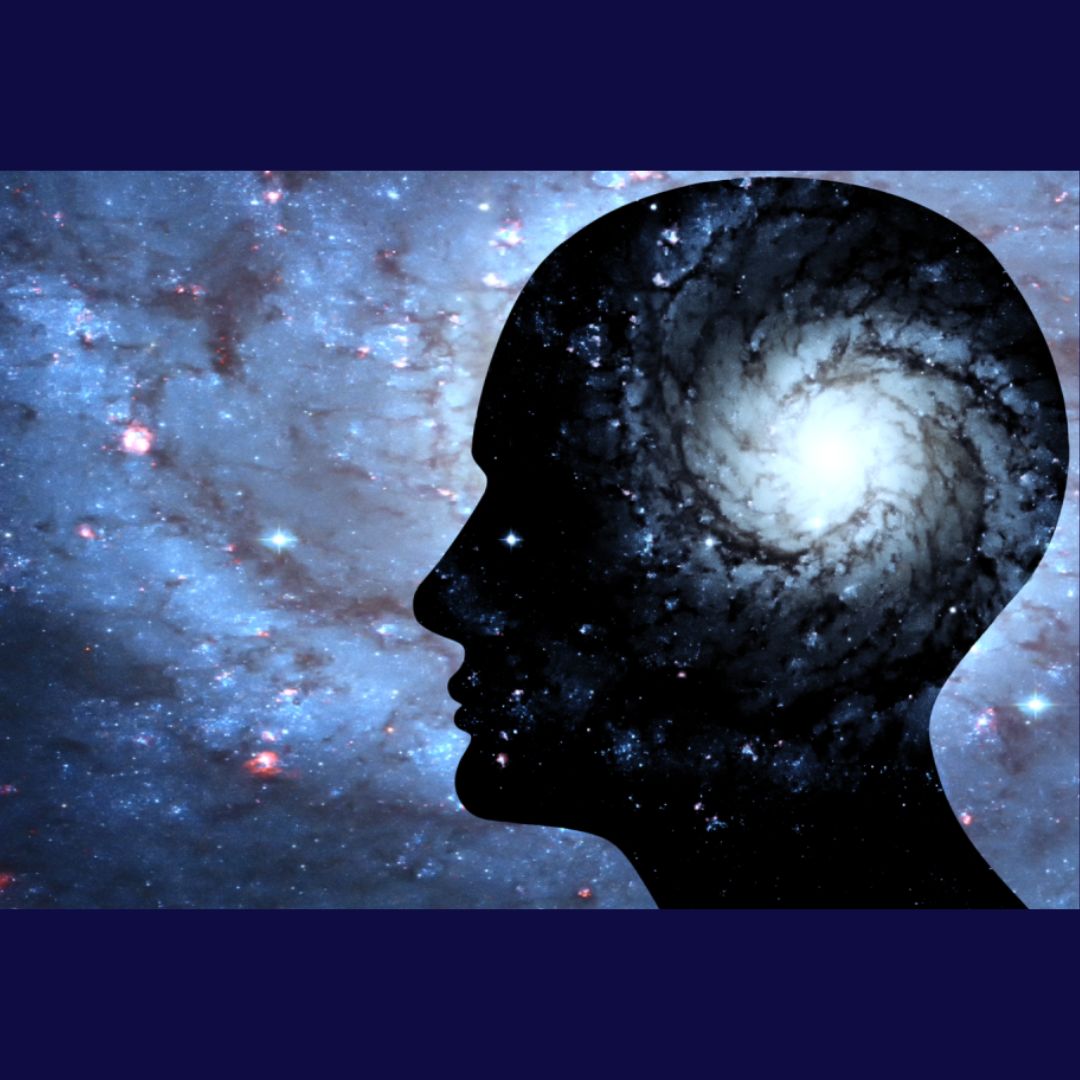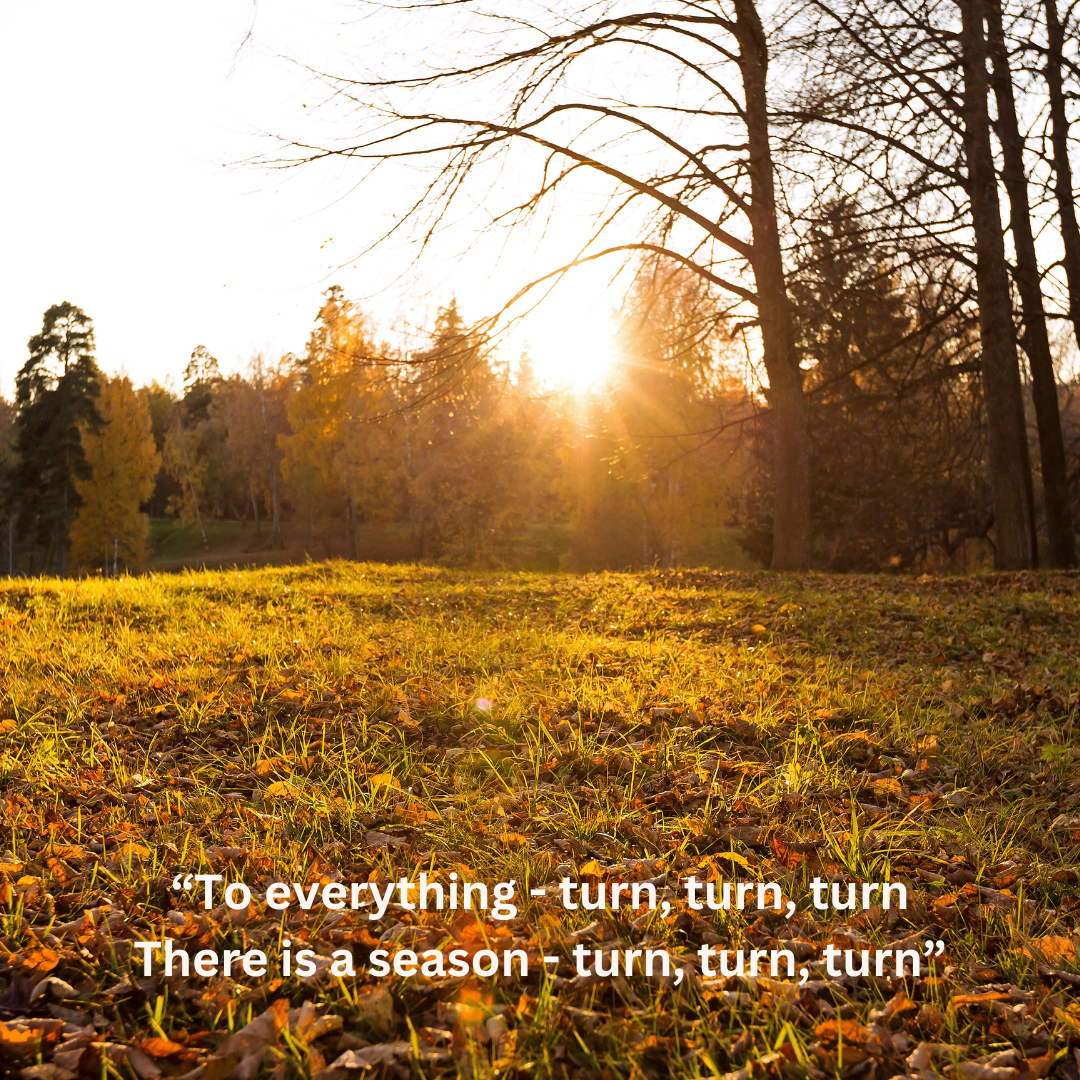
The Evolution of Human Consciousness
~7 min read
Not only does human consciousness evolve, but so do people’s worldviews. This happens at both the level of a community and of each of us individually. As it turns out, the two have striking similarities.
Stages of Worldview
Jean Gebser made a major study of the evolution of human consciousness (worldview), published in English as the “Ever-Present Origin.” His studies included the history of many peoples, and he was able to identify stages of worldview. The stages he identified were: Archaic, Magic, Mythic, Mental or Rational and Integral.
The Archaic stage is scarcely different from that of wild animals. There is minimal distinction between the being itself and nature that surrounds it.
The Magic stage sees the start of a sense of self and the introduction of language. At this stage, hominids are using tools and engaging in hunting/gathering. There is the start of ritual and assigning words as having power. The social structure is tribal, and the individual does not have an identity beyond the tribe. The stories of the tribe are passed on as oral history.
The Mythic stage is more structured. It has grown beyond tribal and now has both religion and a shaman class. The separation between people and nature is explicit. This is clear in stories like the Garden of Eden, where people are explicitly separated from nature to form a distinct group. Elaborate stories evolve of a realm beyond the Earthly. The sense of self becomes well defined and life after death becomes a key feature of stories.
The Rational stage can be described as the rise of science and philosophy, and the desire to control nature. It starts with the ancient Greeks but doesn’t really catch on until the Enlightenment. The ego is now fully developed, science is the dominant religion, and the goal of people is to control nature. Thinking has become symbolic.
The final stage for Gebser is Integral. Hominids are just on the cusp of this stage. Here all the previous stages are acknowledged as being relevant in their own way. The Magic stage gives us an intimacy with nature; Myth allows us to express truths and thoughts that are beyond rational; science allows us to control our environment and understand things beyond our direct experience. But how to bring enough of humanity up to the Integral stage?
Collectively, the industrialized world is at the Rational stage, post Mythic but not Integral yet. Religion is at the Mythic stage, going back millennia. In the industrialized world, religion is in decline, as is spirituality. The exploitation of Earth starts at the Mythic stage and the separation of people from nature. It reaches a peak in the Rational stage when there is not only a separation from nature but enhanced technology to make the separation more efficient. We can no longer say Earth is too large for the efforts of humans to have an impact. The things we do are impacting Earth and our ability to live on the planet. The separation of humans from nature following the Magic stage is now hurting us.
Jean Piaget's Stages of Development
There is a similar scale of consciousness development at the personal level. The most famous proponent here is Jean Piaget. Piaget studied the development of children from birth to about age twelve. He identified four stages of development: Sensorimotor stage, Preoperational stage, Concrete Operational stage and Formal Operational stage. Each of these stages has specific characteristics.
The Sensorimotor stage (from birth to age 2) is perhaps the most complex. The child first learns to distinguish itself from its surrounding. When it bites its blanket, nothing happens but when it bites its finger, it can feel it. The child learns to walk and talk. The world is experienced through the senses.
At the Preoperational stage (from ages 2 to 7), the child’s worldview is dominated by magical thinking. This is the stage where the ego develops. Things happen beyond the child’s control and seem to have no cause. The child is not yet capable of logical thinking.
By the Concrete Operational stage (from ages 7 to 12), they can start to think logically, but only in concrete terms. They can start to see things from other people’s perspective and are not so egocentric.
When they reach the Formal Operational stage (from age 12 onwards) they can not only think logically but also symbolically. Piaget does not define a developmental stage beyond Formal Operational. In many cultures there a transition called Coming of Age when a person is considered ready to take part in the life of the society, typically after age 12 or so. In Christianity, the typical age of confirmation is 12 and in Judaism the age of Bar Mitzva is 13. Many other religions have similar ages for Coming of Age.
Human Consciousness and Personal Development
Each of us has gone through all of Piaget’s developmental stages. There is an interesting mapping that can be done between Gebser’s stages of the development of human consciousness and Piaget’s personal developmental stages. The Archaic stage is reminiscent of Sensorimotor, the Magic stage to Preoperational, the Mythic stage to Concrete Operational, and the Rational stage to Formal Operational. So, each of us re-enacts the development of human consciousness in our lives.
Piaget only goes up to the Formal Operational or Logical stage, but Gebser would say that there is more, described by his Integral stage, and perhaps this is the stage we should be working to achieve.
Are we on the verge, as Gebser would have us believe, of a breakthrough into a new stage of consciousness? And must we get there before we can live harmoniously on Earth? How many of us must be at the Formal Operational level before the centre-of-mass of human consciousness starts to move into the Integral stage?


